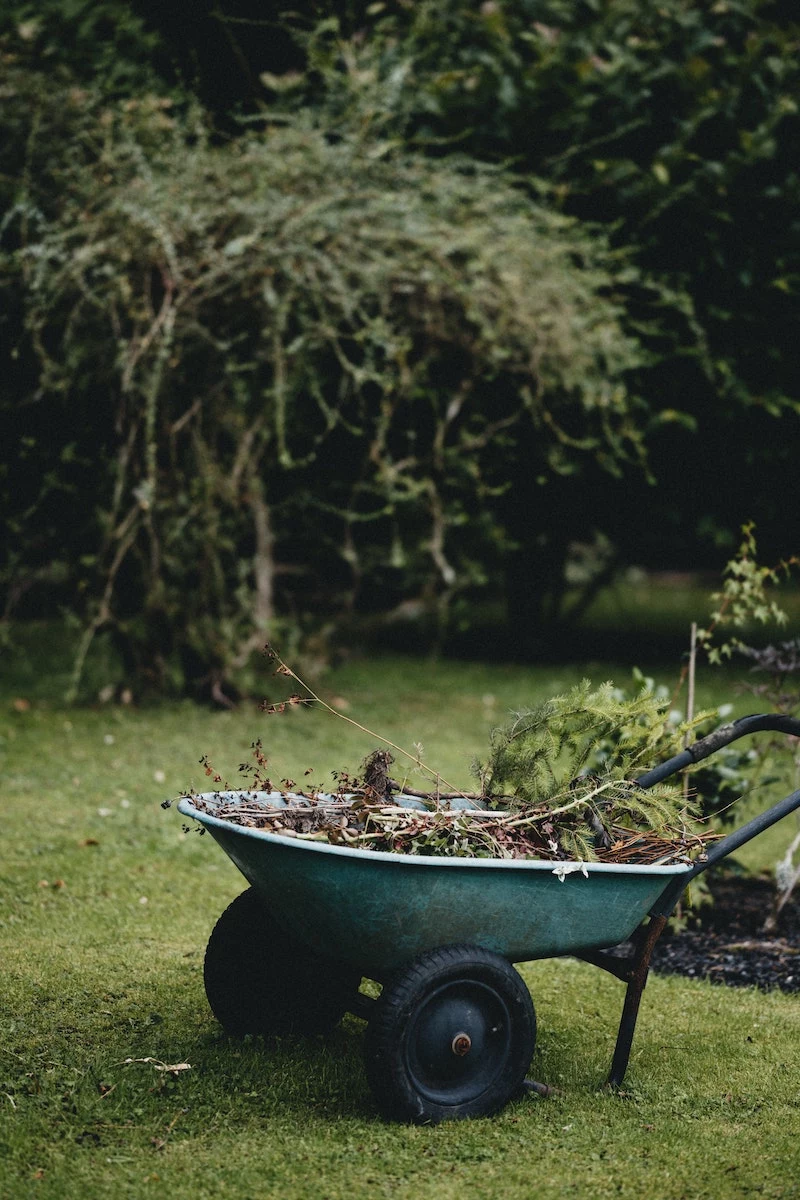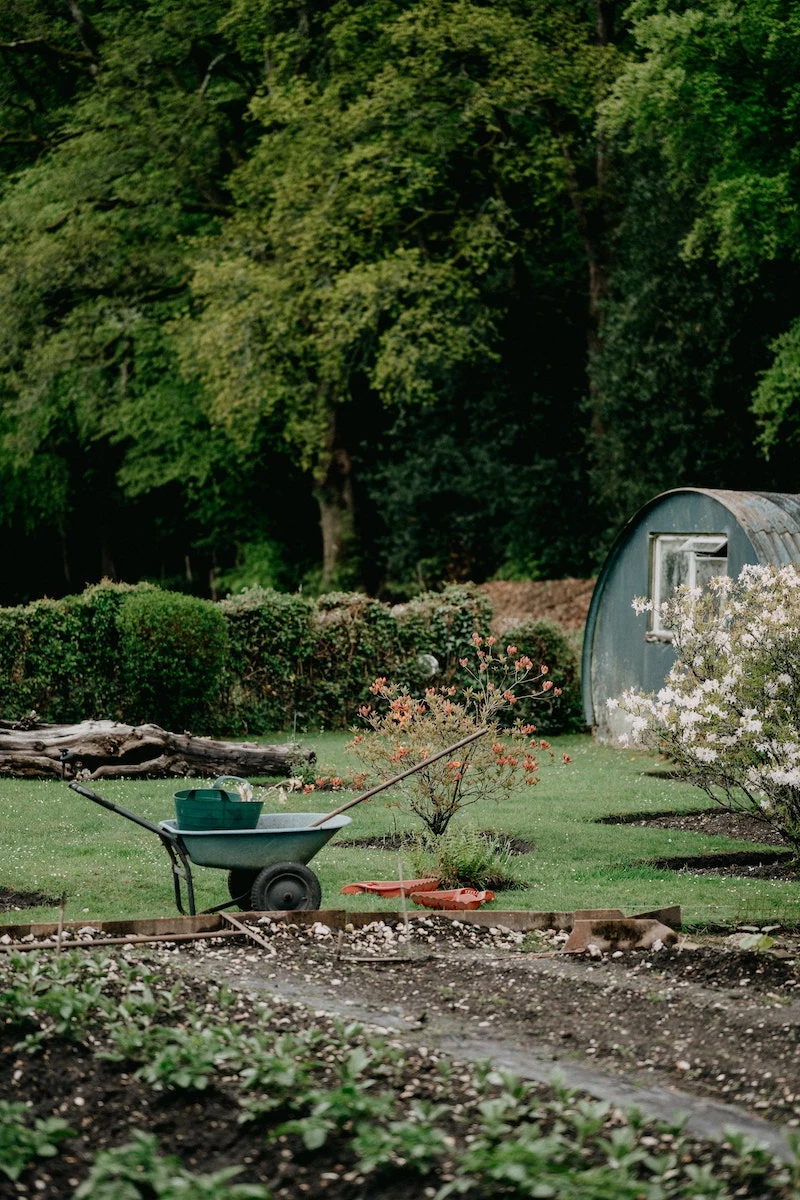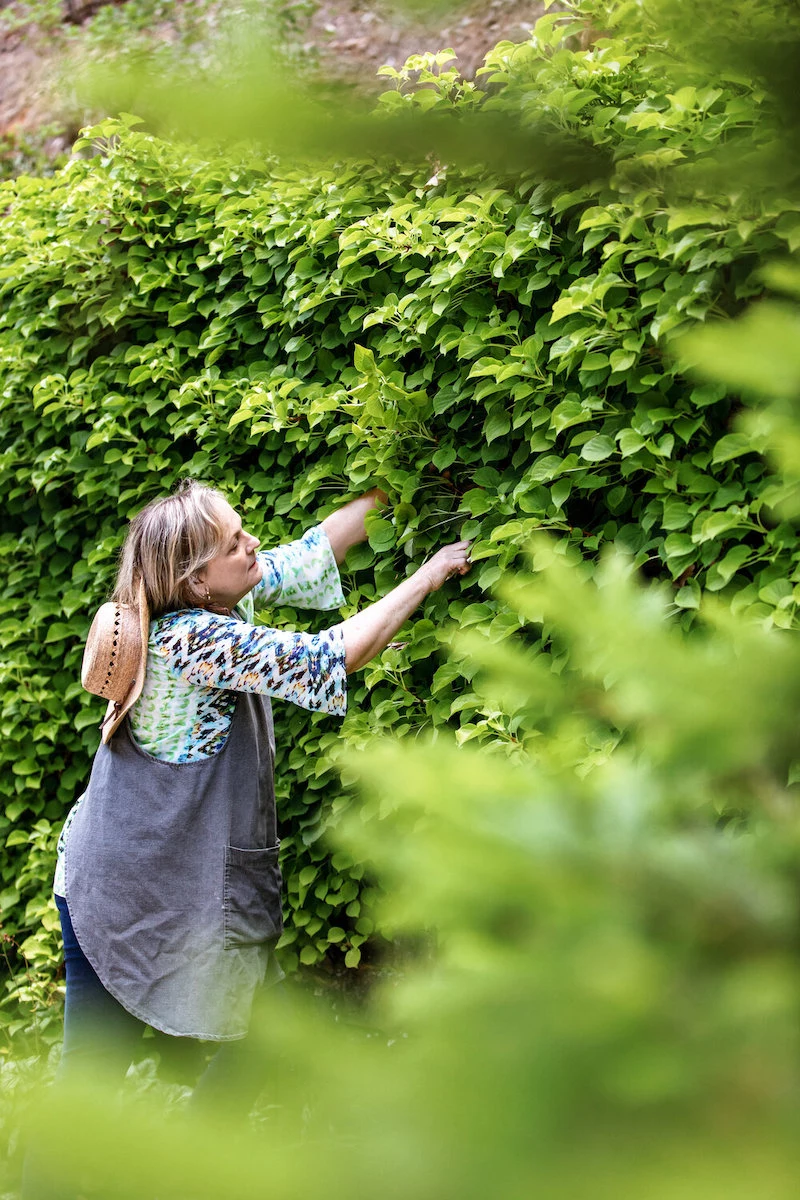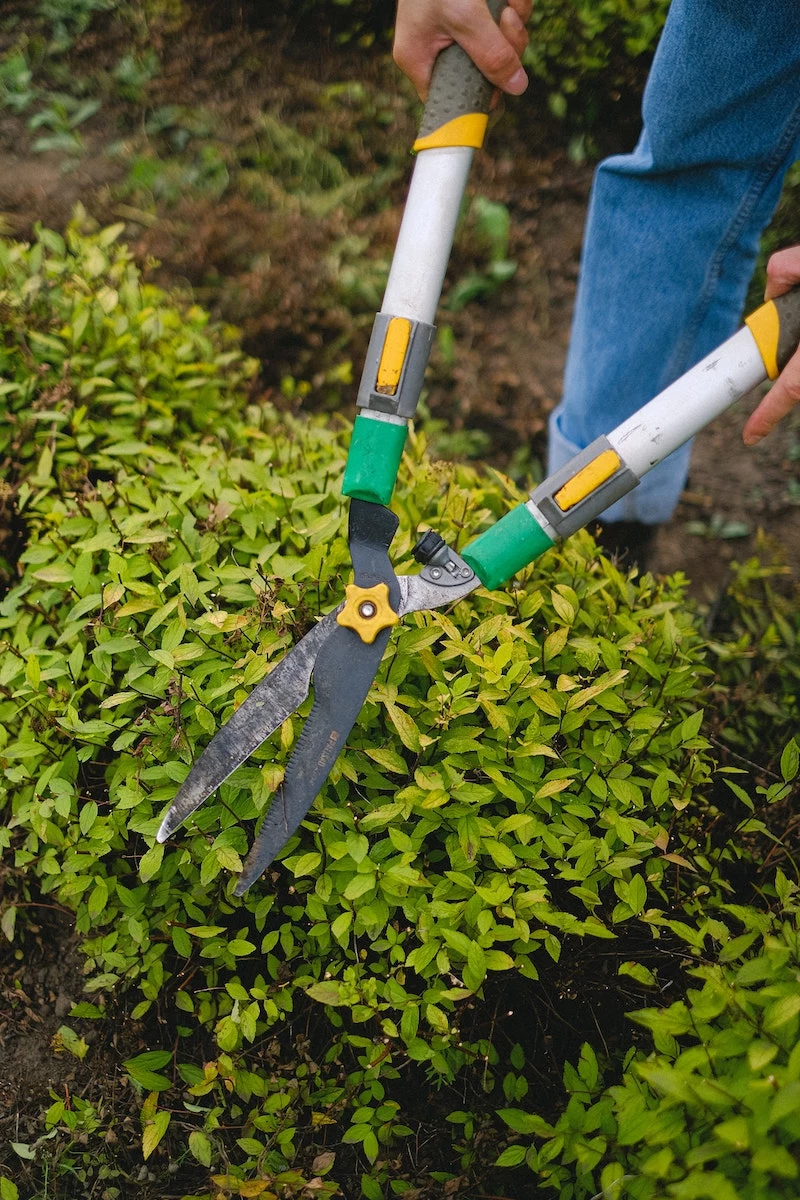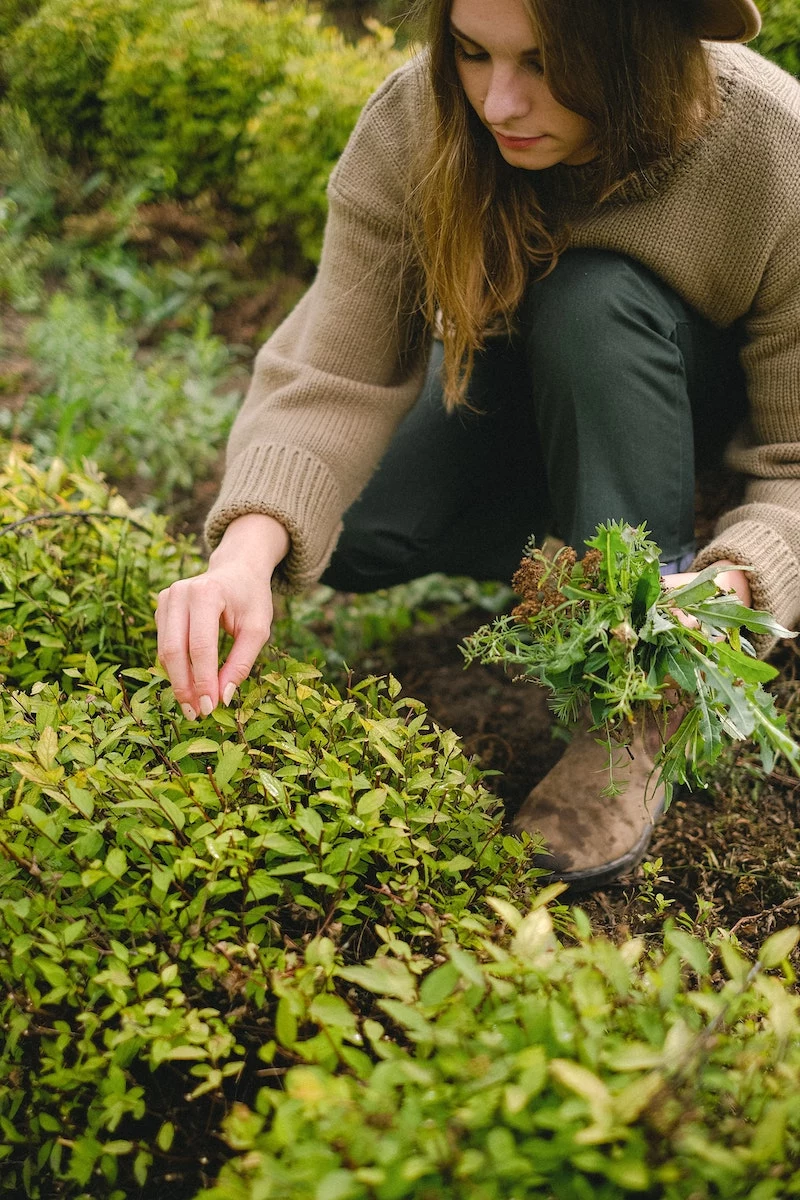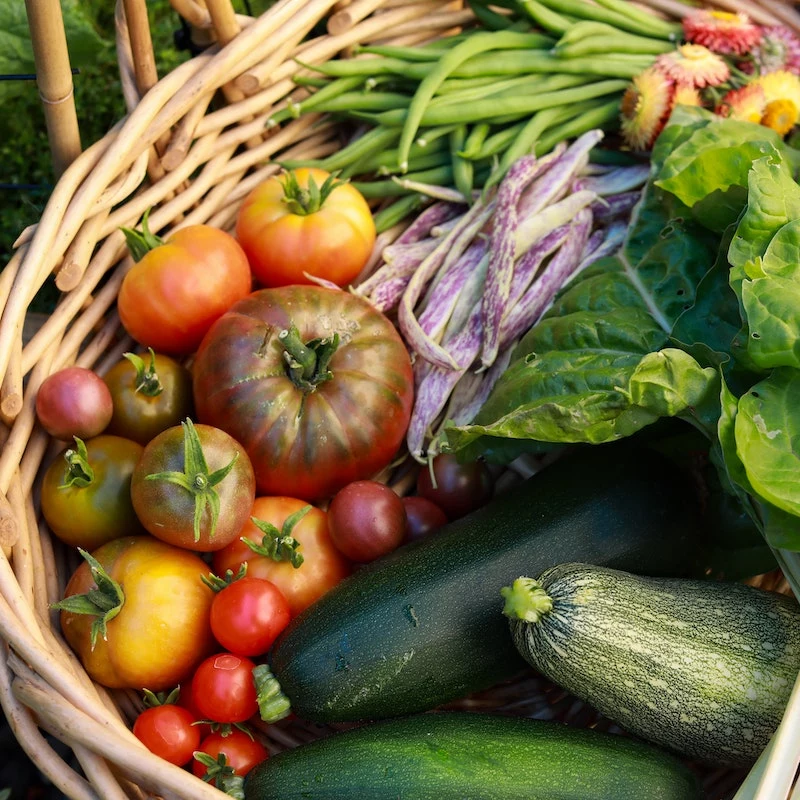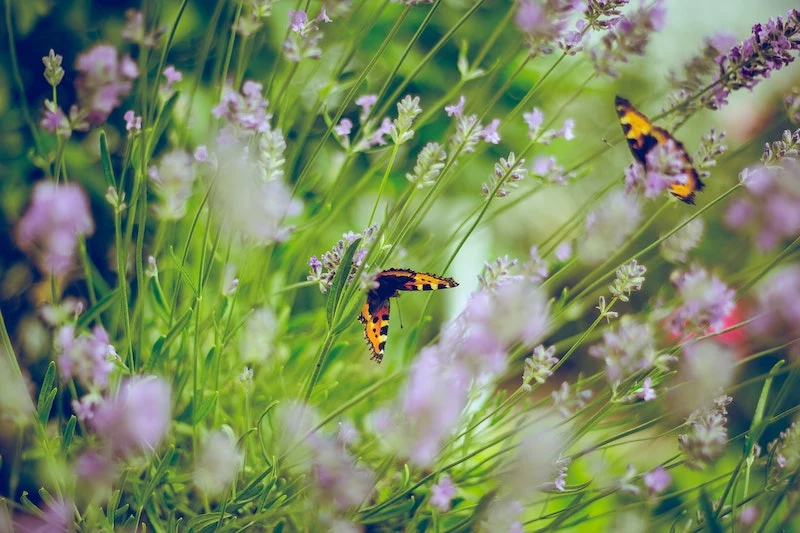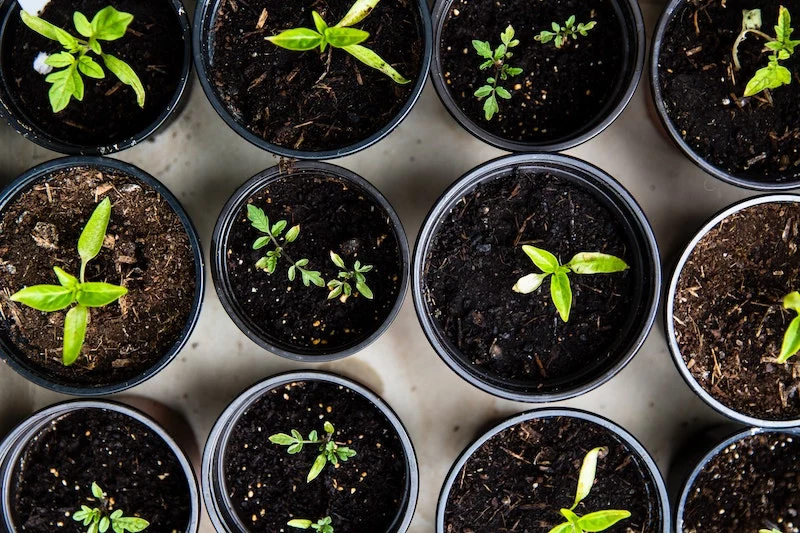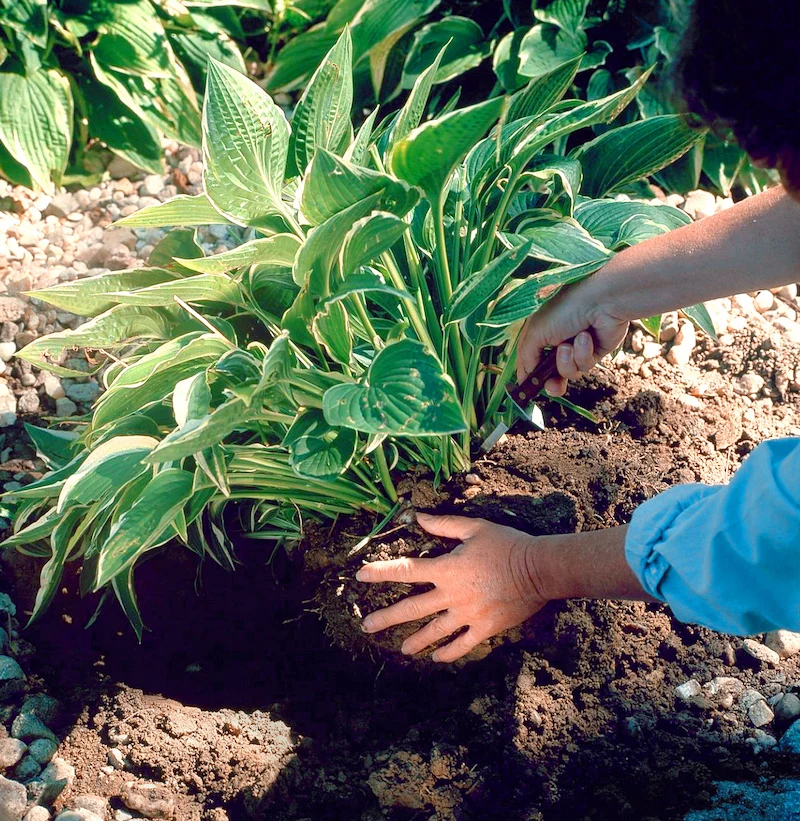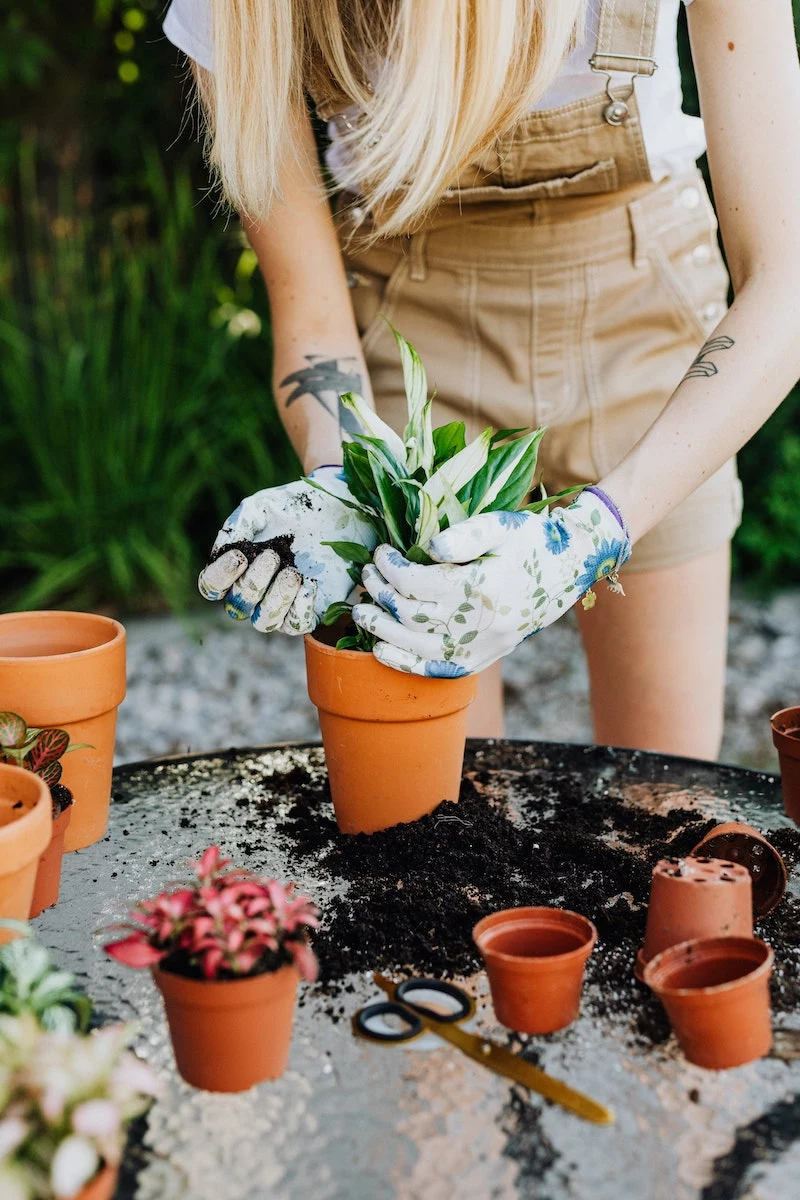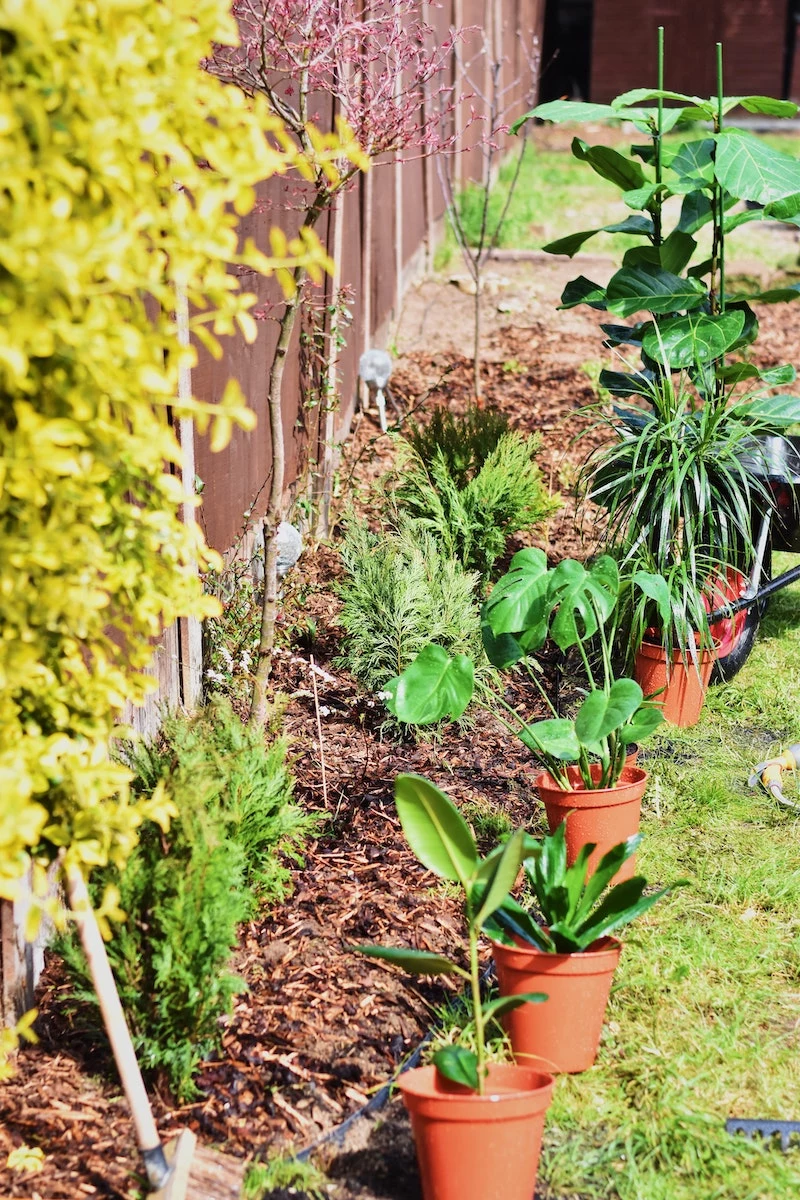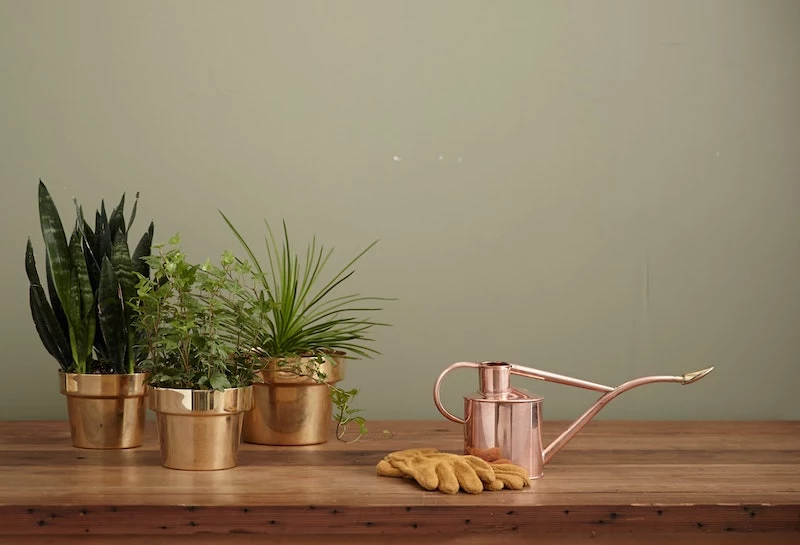Spring Gardening Guide: How to prep your garden for the spring season
Winter is finally over, and that means it’s time for spring garden chores! Whether you’re an old gardener or just starting out, there are a few basic garden chores you can do that will help you grow a healthy, beautiful, and productive garden. Garden work isn’t just seedlings and so on. Before we start enjoying our magnificent garden, we will need to take care of other things, such as repairing any damage, for example. In this article, we have pulled together some of the essential spring gardening chores to keep it looking good all summer long.
Let’s get into these spring gardening tips and preparations
Spring Gardening Duties: Inspection
Before starting with any work, it is important to think about any design changes you want to make to your pace. Check out our design ideas for creating a beautiful garden space! That way, you can decide what changes exactly your garden might need.
Working on your garden is a relaxing activity that also makes your space beautiful
Now let’s begin your spring garden duties by inventorying and inspecting winter damage. When the first days of spring appear, it’s time to inspect the garden. Winter winds may have damaged your garden, ruined beds, etc. So take a notebook and walk around the garden. Here is what to look out for when inspecting the garden:
- Frosted, cut, and dead plants
- Damage to the fence supports, etc.
- Damaged beds
- Signs of animals and pests
- Spring cleaning of the garden
Cleaning up your garden is the first step of the spring prep
Now is the perfect time to remove dead and frost-damaged plants from your garden. Clean up fallen branches, dead grass, leftover annuals, and the like. Maintaining good garden hygiene is important for the proper growth and health of your plants. It is also an essential part of your spring chores if you want to have a healthy garden.
Tip: If you want to improve your garden edging, take a look at our guide for recycling materials and turning them into garden edging for your backyard!
Clean up fallen and broken branches, dead grass, and leftover annuals
Spring Garden Chores: Refreshing and Pruning
Spring is the right time for pruning certain types of trees and shrubs. Start by removing any broken and damaged branches, competing branches, and those that would develop differently from the desired shape of the plant. Spring pruning should be minimal. Uncertain weather can cause the plant to freeze. Follow a simple rule: in the springtime, you should prune plants that flower in summer.
Time to prune your fruit trees and shrubs
Pruning Fruit Trees
Spring pruning of fruit trees will improve their general condition and improve the taste of the fruit. Spring pruning can be carried out before the trees start flowering, starting with the most cold-loving trees such as autumn-winter apple and pear varieties. Stemmed fruit trees should be pruned earlier, the best time for this is late February or early March. Peaches, apricots, etc. are pruned at the latest. Before bud burst and shortly before flowering.
Now it’s the time to include your whole family for some spring gardening
Pruning Shrubs
Follow the same logic when pruning shrubs. Prune shrubs that have not yet budded. The only thing you can do now for spring shrubs is to apply sanitary pruning (removing only dead branches). Spring is the perfect time to prune and shape evergreen shrubs such as willow, hydrangea, and some types of roses.
Important: Always prune at an angle so that water does not get trapped on the new growth, as it will cause rot.
Tip: If you want to bring new life into your brittle lawn, then take a look at these 7 remedies for a browning lawn.
Removing dead branches and leaves will transform your plants
Spring Garden Chores: Dividing Perennials
Early spring is the ideal time to take care of your perennials because their spring growth has not yet begun. Dividing them will improve their condition and allow you to fill empty spaces in the garden, or give a gift of your favorite flower to a friend.
Important: Only divide plants that will flower in summer.
Remove weeds your garden doesn’t need and divide your perennials
Spring Garden Chores: Spring tillage
Your next task is to provide the necessary nutrients for the soil to enjoy a bountiful and healthy garden. Spring tillage will be much easier if you have over-tilled in autumn. This is also the time to test the soil for nutrient availability and distribution (done once every 5,6 years). This will give you the opportunity to adjust the nutrients as needed. Now is the time to make use of your own compost, for example!
Digging the soil
Heavier soils and those that have not been harrowed in autumn should be dug to a depth of 15/18 cm sometime after the first harrowing (when soil moisture has decreased). Spring hoeing can also be carried out when sowing spring plants. This will warm the soil more quickly.
Digging for fresh soil will help your plants grow better
Harrowing
Harrowing (loosening the topsoil to a depth of about 5.6 cm) is mostly done with a rake or similar. This will clean the garden and weed beds around the crops and reduce soil moisture by a factor of 3 to 4. For looser soils, it is sufficient to do it once.
Harrowing is mostly done with a rake or something similar
Spring Gardening: Fertilization of the Garden
Basic nutrients such as nitrogen, phosphorus, and potassium are added to the soil in autumn, or in early spring depending on the soil type. In heavier soils, it should be done in autumn, just before the main tillage. Looser soils should be fertilized in early spring, again just before cultivation. The best method of feeding the soil is by composting, or organic fertilizer. If you have animal manure, you should let it mature for at least 5 years. Nourishing the soil is an important part of your spring outdoor garden duties, but this is also the time to think about nature. Whenever possible, use organic and biodegradable fertilizers.
The best method of fertilization is composting your fruit and veggies
Tip: Use organic and biodegradable fertilizers if you want to attract butterflies to your garden! The same goes for other cute garden visitors like honey bees and hummingbirds! If you want a flourishing garden, make sure to plant some flowers that attract honey bees. They will pollinate your garden and turn it into an oasis.
Using organic fertilizers will allow butterflies to visit your garden
The more flowers you plant, the more bees will visit and pollinate your garden
Spring Gardening: Planting Spring Plants
Next comes the most enjoyable part of all spring garden chores, planting your favorite flowers and crops. The changing weather, however, can be both friend and foe to garden plants. That’s why it’s crucial to know when to sow the crops you want in the garden. Now is also the ideal time to sow crops such as radishes, peas, early tomatoes, eggplant, and other early crops. The herbs are parsley, dill, onions, and garlic. Each crop of course has specifics that you need to take into account such as sowing depth, nutrients needed, light and moisture requirements, etc. Most vegetables require a soil temperature of 10 degrees to sow them directly in the garden.
Tip: If you are still unsure what to plant in spring, check out our guide for which veggies to plant in April and what to plant in May!
Time to plant some new spring plants in your garden
Make your garden a beautiful spring oasis
You can also plant some flowers and herbs in pots!
Remember to water your garden frequently during the upcoming summer months
Frequently Asked Questions
Should I remove dead vegetation from the garden in the spring?
Dead vegetation can be scattered next to the beds when cleared in the fall. At other times you should remove it, and it is best to collect it in special places. Left around the plants, it will raise soil moisture, collect pests and cause topsoil rot.
What can be sown in the garden in early spring?
In the spring months, frost-resistant crops and plants that flower in the summer are sown in the garden. These are radishes, peas, early tomatoes, early pepper, etc.
How do I prepare the soil for spring planting in the garden?
Preparing the garden should start with digging, or harrowing, depending on the density of the soil. In denser soil, it should be dug to a depth of 15/18 cm after the first harrowing and then harrowed again. Looser soils can also be prepared for sowing by harrowing alone.
Spring gardening is a lot of hard work, but it will all pay off
Have any more gardening questions? Why not take a look at our gardening beginner’s guide, where we will answer 7 of the most frequently asked questions!
If you are a beginner in the gardening field, make sure to check our beginner gardening guide


